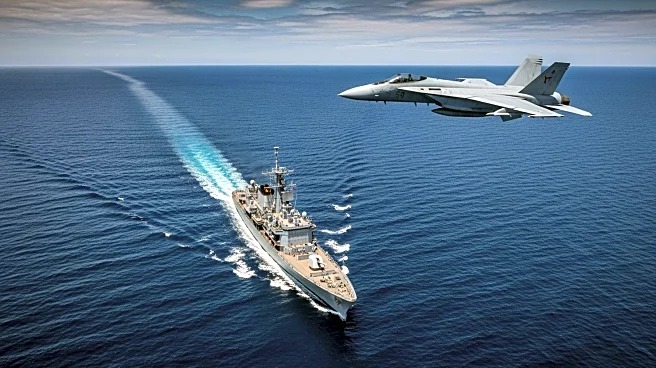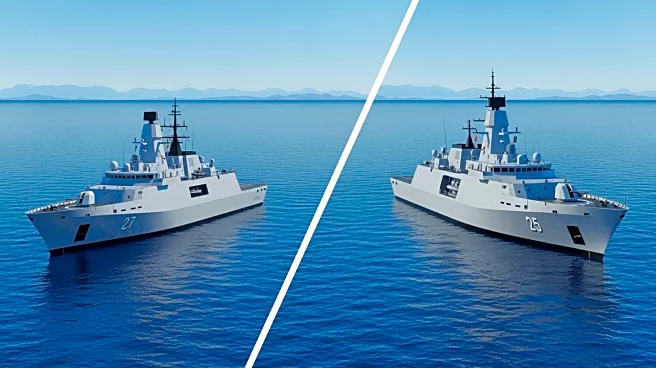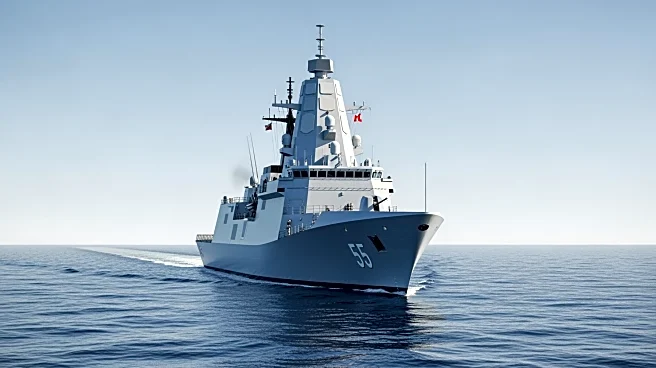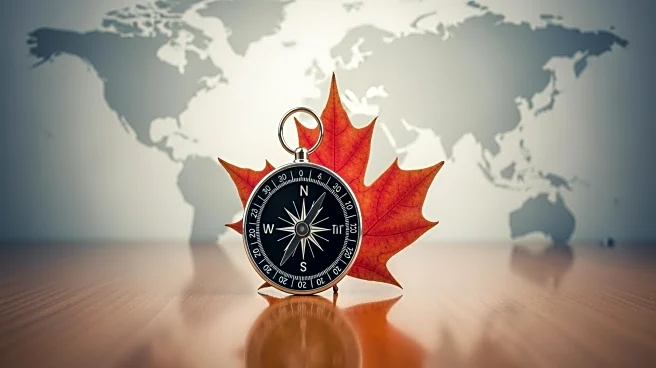What's Happening?
The Armed Forces of the Philippines and the Indian Navy have conducted their first-ever Bilateral Maritime Cooperative Activity (MCA) from August 3 to 4, 2025. The joint naval engagement spanned strategic
waters from Masinloc, Zambales to Cabra Island in Lubang, Occidental Mindoro, highlighting the growing security collaboration between the two Indo-Pacific partners. The exercise featured a comprehensive series of high-level naval operations aimed at strengthening tactical coordination and joint maritime capability. Key drills included rendezvous operations, communication checks, air defense exercises, and maneuvering drills. The activity also included more complex warfare simulations such as anti-submarine warfare exercises and replenishment at sea.
Why It's Important?
The successful execution of this first bilateral MCA underscores the readiness of the Philippines and India to work together in promoting maritime domain awareness and supporting a peaceful, stable, and secure region. This collaboration is significant as it challenges China's expansive claims in the South China Sea, a vital global trade route. By conducting these exercises, the two countries are asserting their commitment to maritime security and regional stability. This move could encourage other nations to engage in similar partnerships, potentially altering the balance of power in the region. The exercises also highlight the importance of multilateral cooperation in maintaining a rules-based international order.
What's Next?
The successful completion of the joint naval exercises sets the stage for further military collaboration between the Philippines and India. Both countries have expressed interest in continuing joint maneuvers, which could lead to more frequent and complex exercises in the future. Additionally, President Marcos's visit to India may result in strengthened bilateral ties and increased cooperation in various sectors. As the Philippines continues to build alliances with other countries, it may face increased pressure from China, which has already expressed discontent with the involvement of non-regional powers in the South China Sea. The situation may lead to heightened diplomatic and military activities in the region.
Beyond the Headlines
The joint naval exercises reflect a broader geopolitical shift in the Indo-Pacific region, where countries are increasingly seeking to counterbalance China's influence. The partnership between the Philippines and India underscores the importance of like-minded nations working together to uphold international maritime law and territorial integrity. This development may encourage other countries to form similar alliances, potentially leading to a more robust security architecture in the region. The exercises also highlight the role of military cooperation in promoting peace and stability, as well as the strategic importance of the South China Sea in global trade and security.











